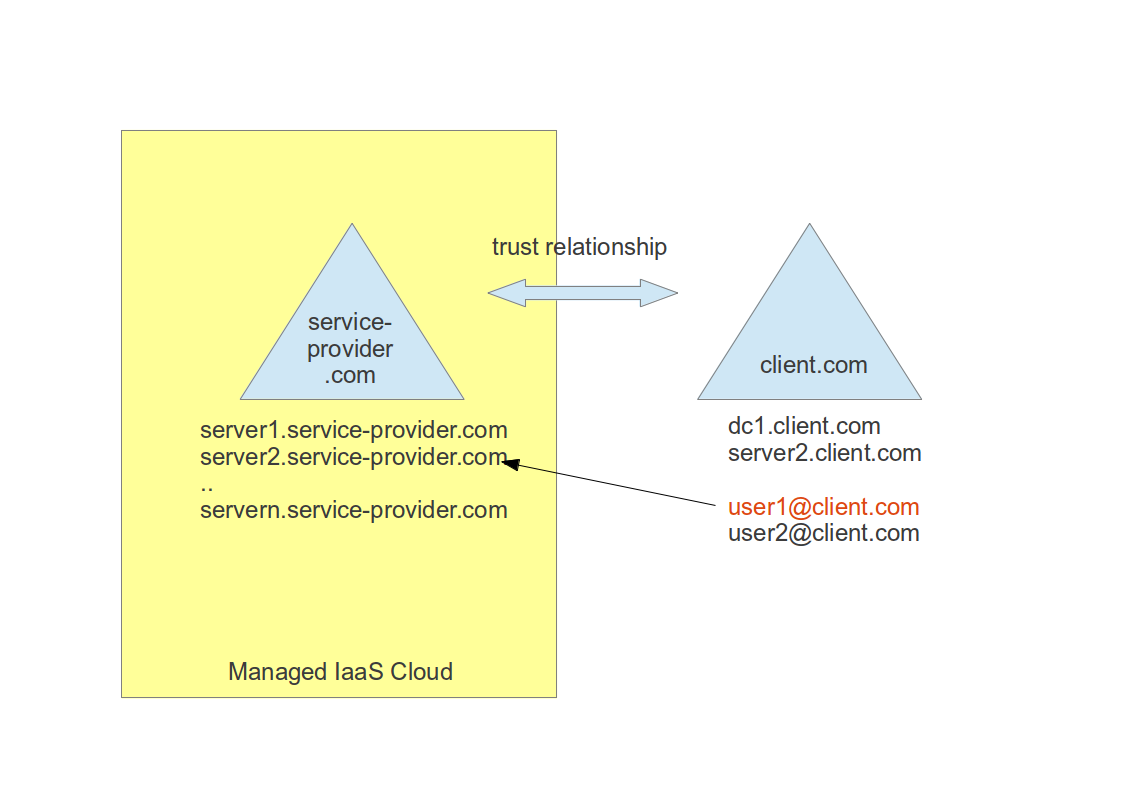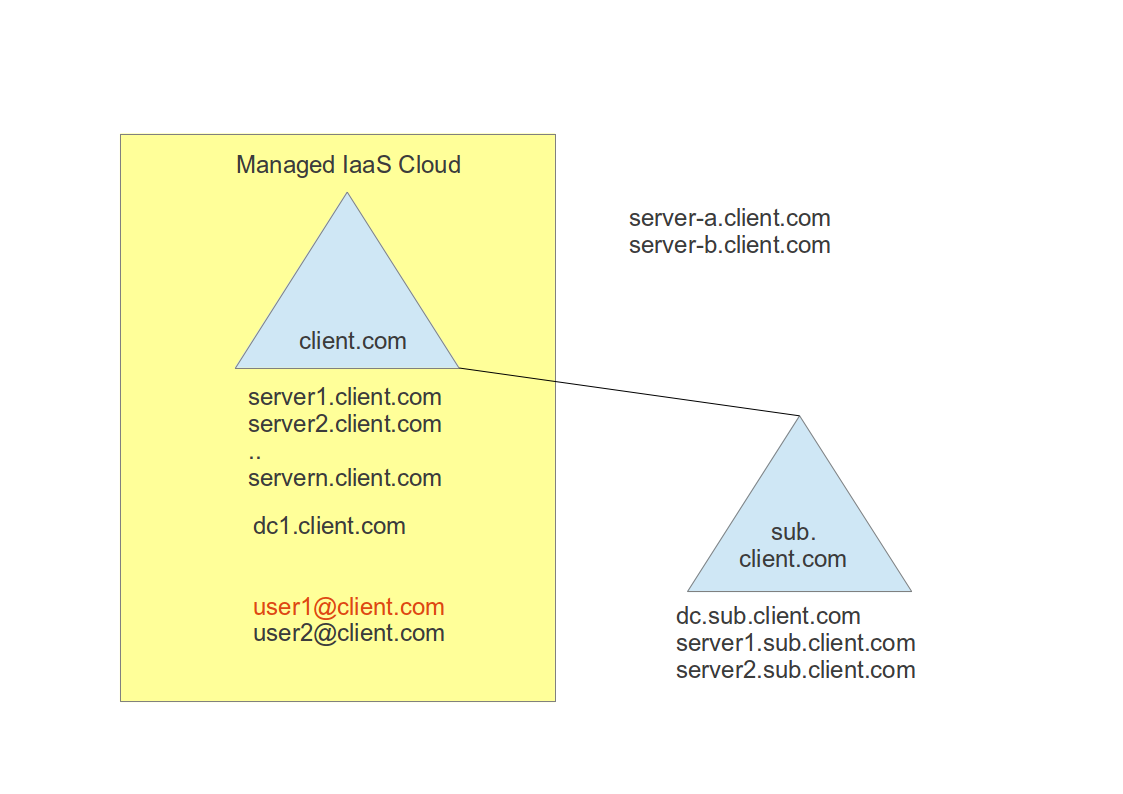At the very beginning, there were unmanaged virtual machines as a service. These services were mainly used for development and test purposes or to host horizontal, born on the web workloads. For more traditional production workloads another type of cloud service is required. This new service needs to be more fault tolerant to provide the required availability for so called cloud enabled workloads, but also provide a certain management capability to ensure a stable operation. Managed infrastructure as a service (IaaS) solutions such as IBM’s SmartCloud Enterprise+ provide these service levels and capabilities.
But is this the future of managed cloud services?
I don’t think so, although this model fits for some workloads, it is just the start of the journey.
The ultimate goal of managed cloud services is to receive higher value services out of the cloud. In my opinion, the future of managed cloud services are platform as a service (PaaS) offerings.
Todays managed IaaS offerings cause some challenges, both for the service provider as well as for the service receiver. One reason for that is the higher complexity due to the shared responsibility of an IaaS managed virtual machine (VM). In this scenario the service provider manages the VM up to the operating system level, but the client is responsible for the middleware and application on top. In such a setup it is extremely hard to make a clear separation of the operating system (OS) from its higher services. Many applications require OS settings to be set or access to operating system resources.
A managed PaaS overcomes these challenges by providing a consistent software stack out of one hand. All components are designed for the purpose of this platform. If the PaaS service is a database, OS settings, IO subsystem and storage are designed and configured to provide a robust service with decent performance. The client can rely on the service providers expertise and does not need to support a database – or any other middleware – on an operating system platform he has no real insight on its configuration and not full control over its settings.
In one of my previous blog posts on how Middleware topology changes because of cloud, I discussed the change in middleware and database architecture. This is exactly where PaaS comes into play. By moving away from the consolidated database and middleware clusters, clients require agile, elastic and managed databases and middleware as a service to be able to handle the higher number of instances.
Summary
Due to the complexity and limitations, managed IaaS will become a niche offering for accommodating non standard software. For middle-ware and database with a certain market share, managed PaaS offerings will become commodity.

